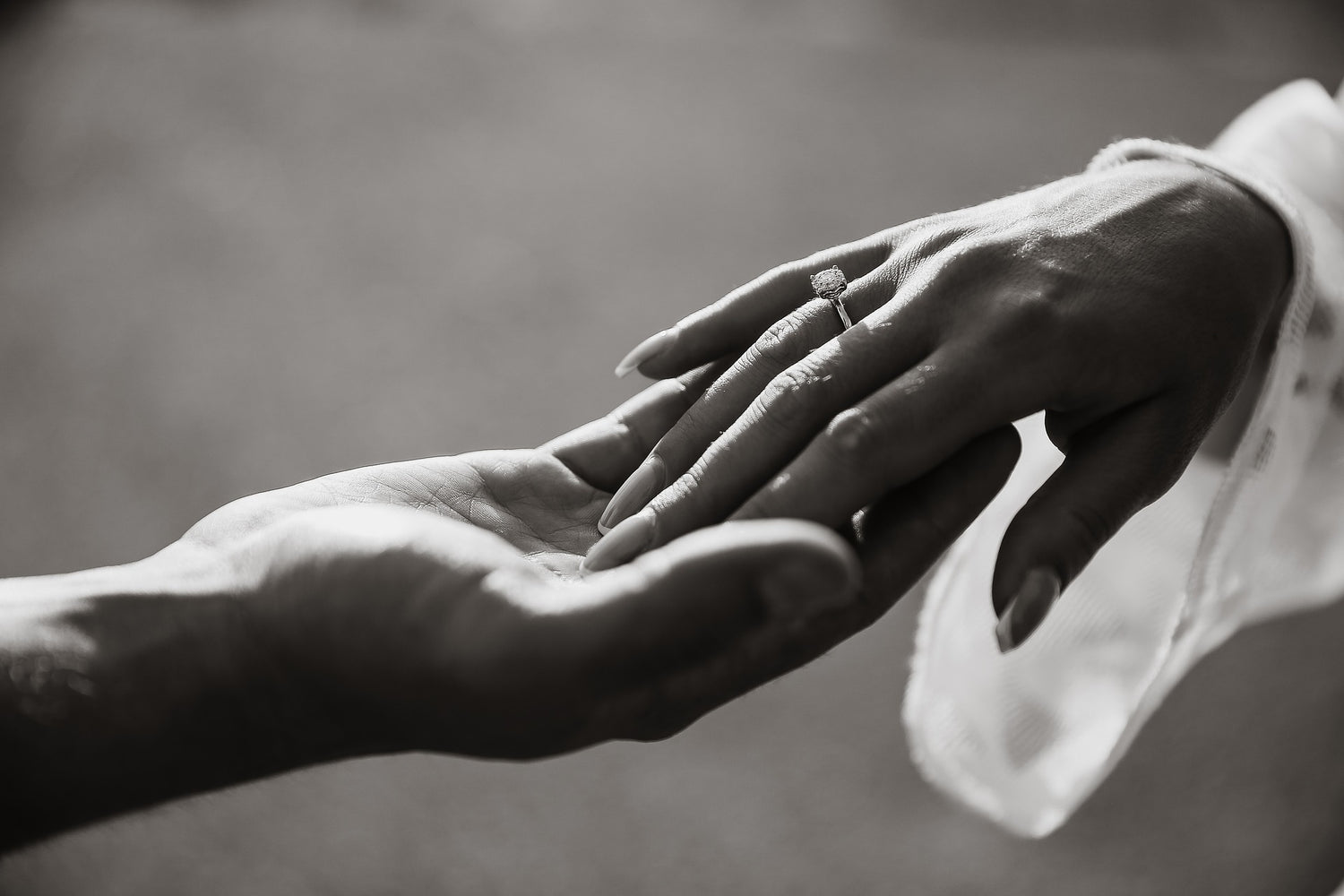Colour, cut, clarity and carat are the worldwide characteristics used to classify the rarity, quality and value of a diamond. Diamonds with the highest combination of "4C" ratings are the rarest and most valuable.
Colour
While most diamonds appear white, many of them display hints of colour barely discernible to the naked eye. The closer a diamond approaches colourless, the rarer and more valuable the stone.
Cut
When a diamond is cut to good proportions, light will reflect from one facet to another and disperse through the top of the stone, resulting in a display of brilliance and fire. Diamonds that are cut too deep or too shallow lose light that spills through the side or bottom.
Clarity
A diamond’s clarity is determined by the degree to which it is free from naturally occurring inclusions. Many are invisible to the naked eye. The fewer inclusions, the rarer the stone.
Carat
Carat refers to weight and therefore the size of a diamond. One carat is divided into 100 points. Size is the most obvious factor in determining the value of a diamond. But two diamonds of equal size can have very different values, depending on their cut, clarity and colour.
Lab-grown vs Natural Diamonds
More ethical? Lower cost? Sustainable?
Want to know about the differences between lab-grown diamonds and natural diamonds? Check our blog post.







